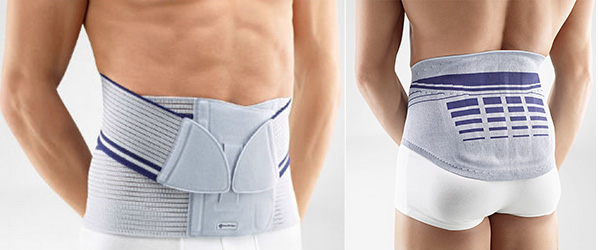Sciatica (pronounced sigh-at-eh-kah) is not a medical diagnosis in itself. It is a symptom of an underlying medical condition. Common lower back problems that can cause sciatica symptoms include a lumbar herniated disc, degenerative disc disease, spondylolisthesis, or spinal stenosis. Sciatica is often characterized by one or
more of the following symptoms:
- Constant pain in only one side of the buttock or leg (rarely in both legs)

- Pain that is agitated or worse when sitting
- Leg pain that is often described as burning, tingling
- Weakness, numbness
- Pain that radiates down the leg and possibly into the foot and toes (it rarely occurs only in the foot).
The sciatic nerve is the largest single nerve in the body and is made up of individual nerve roots that start by branching out from the lower spine and then combine to form the “sciatic nerve. It runs from both sides of the lower spine through the buttock into the back of the thigh and all the way down to the foot. It serves a vital role in connecting the spinal cord with the leg and foot muscles.
When patients engage in a regular program of gentle exercises, they can recover more quickly from sciatica pain and are less likely to have future episodes of pain. Referred pain from arthritis or other joint problems that may cause leg pain (which feels like sciatica) is actually more common than true sciatica.
There is a wide range of sciatica symptoms and the type and severity of pain depend on the condition causing the symptoms, as well as the individual patient’s experience of the pain. Wearing a back brace can help relieve pain caused by sciatica and will not weaken the muscles but assist in recovery and relieving pain. It is always best to come in to see a Certified Brace specialist and try on several of the products to see if they are the right solution for you.
Submitted by Jen Estabrooks, Certified Brace Specialist, Co-owner, Soles in
Motion, 133 Baker Drive, Dartmouth 902-468-7911 (solesinmotion.ca)
Enjoy the Summer!

